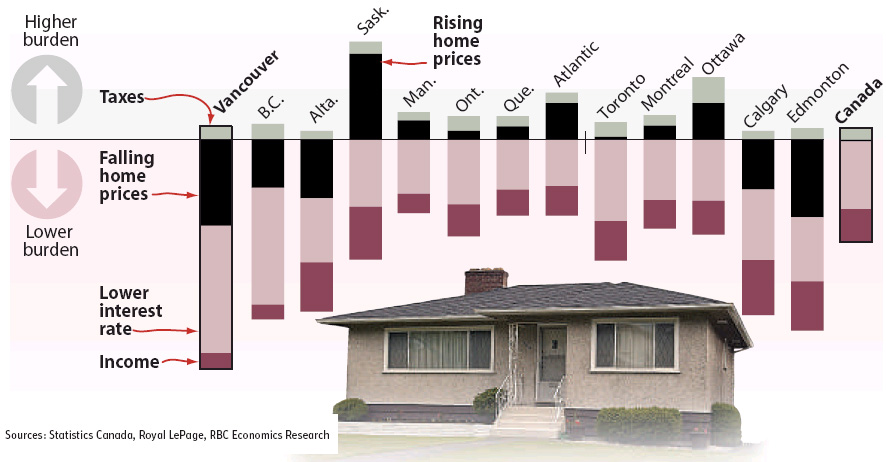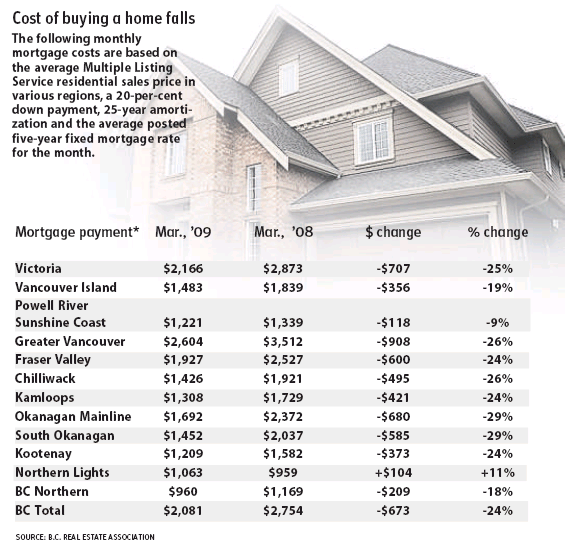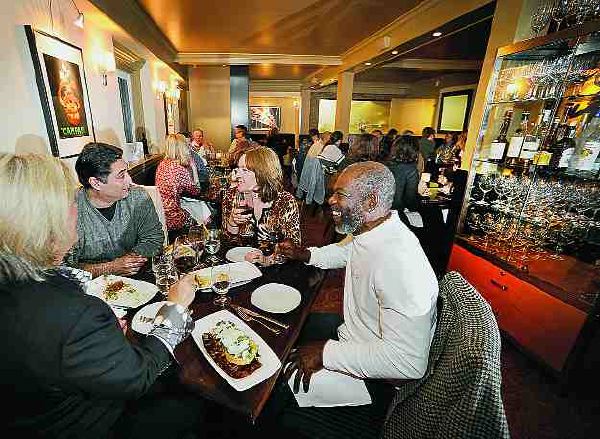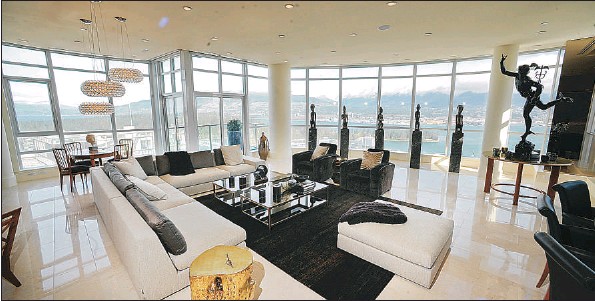Gillian Shaw
Sun

HINT QA30
1. HINT QA30, $80 WITH BELL MOBILITY THREE-YEAR CONTRACT, $330 WITH NO CONTRACT
A recent survey conducted by Angus Reid Strategies for Motorola found that 10 per cent of Canadians would dump their significant others via Facebook. Harsh. But that may well explain the name of Motorola’s slick little black-and-red handset that comes with a full QWERTY slider keypad which makes it easy to type out those hints and otherwise keep connected with your social networks. The integrated Bell user interface lets you access functions and services, from e-mail to the weather, through 25 icons that are referred to as “bubbles.” It also has a two-megapixel digital zoom camera, plus GPS navigation — both items that top the cellphone wish lists of Canadian consumers, according to a recent TNS study. www.motorola.ca/hint
2. BLUETOOTH HEADSET BH-804, NOKIA, $130
Have you ever been wandering down the street and wondering why people you don’t even know are talking to you? I usually say ‘hello’ back, and then feel like a complete idiot when I realize they’re talking to a cellphone headset and not me. It’s going to get even tougher to tell with Nokia’s new, smallest headset ever. A featherweight 7.2 grams, it has Digital Signal processing to help cut out background noise, and two buttons let you receive and end calls, adjust the volume and redial back the last number you called. It has a neck strap for carrying around and a desktop charger that takes only an hour to fully charge the headset. Online at store.nokia.ca.
3. RECOIL MOBILE IPOD AND IPHONE CHARGER, SCOSCHE INDUSTRIES, $30 US
I am constantly trying to jam the long cord on my iPhone charger into the glovebox of my car, usually trying to shut it several times on the cord before the whole mess gets put away. So naturally, a retractable cord seems a useful car accessory. Plugs into your 12V power and accessory outlet, charges up your iPod or iPhone and then — best of all — its retractable cord neatly disappears, and its magnetic locking dock connector mounts flush when you’re not using it. Someone should tell the ailing U.S. automakers that such useful little gadgets would probably sway techno car buyers. www.Scosche.com.
4. ORB AUDIO HOME THEATRE SPEAKER SYSTEM, $1,000 US
An elegant approach to home theatre sound, it centres on the spherical Mod 1 satellite speaker, made from high-carbon steel and a little bigger than a baseball. The Orbs are handmade by metalwork artisans and hand-assembled in Sherman Oaks, Calif. Measuring 10.6 cm in diameter, they slide into any décor. The Mod 1 Plus Home Theatre System has five speakers, the Super Eight subwoofer, a handmade stainless steel speaker stand with all the cables and wires needed for set up. A quick pack of two satellite speakers is $239 US. The entire Orb Audio speaker system is modular and upgradable. Each Orb speaker in a system can be made from one, two or four individual orbs, so you can start with a Mod 1 system and upgrade to Mod 2 or Mod 4. www.orbaudio.com
© Copyright (c) The Vancouver Sun















